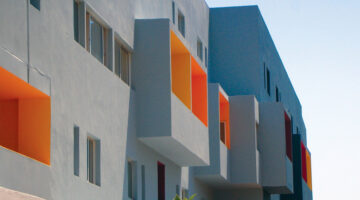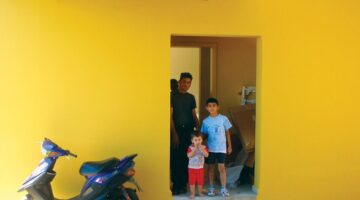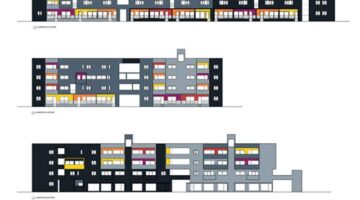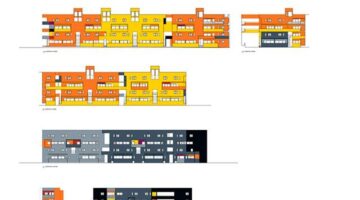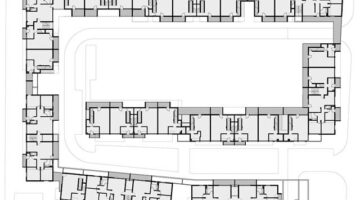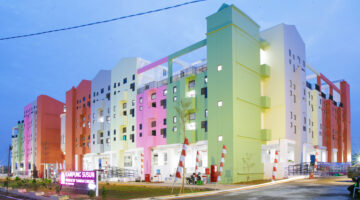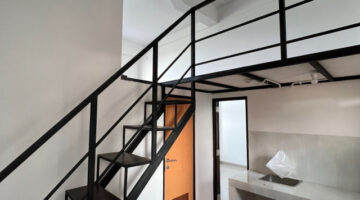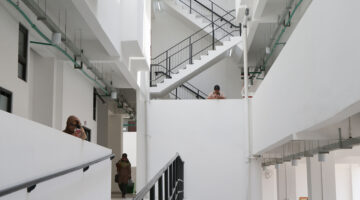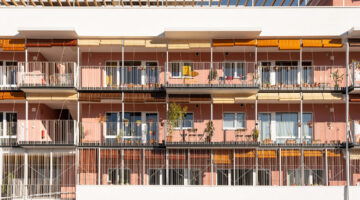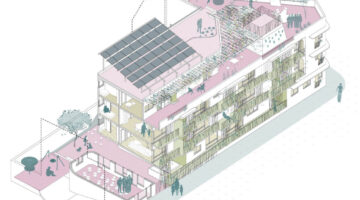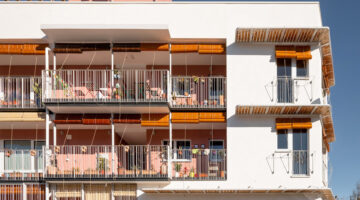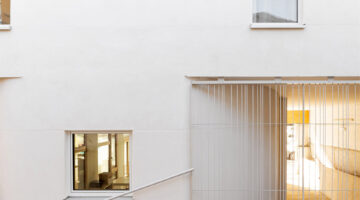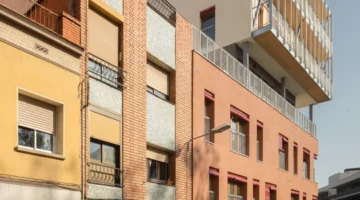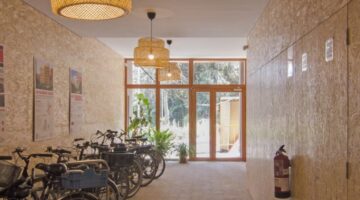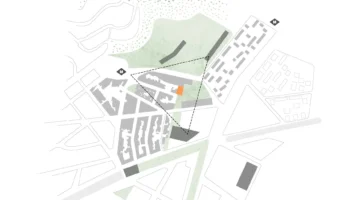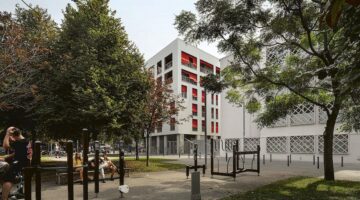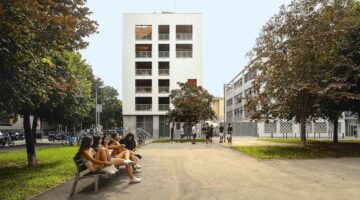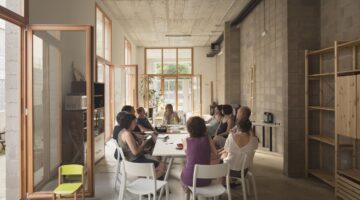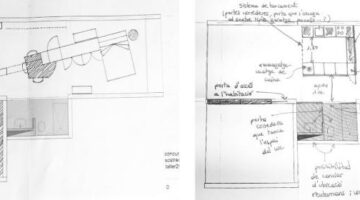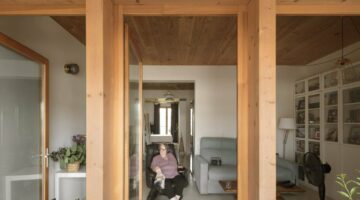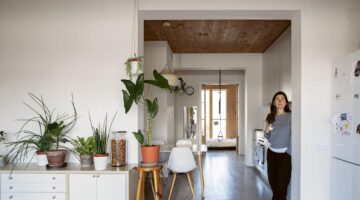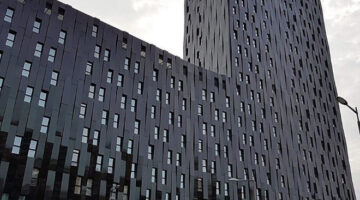
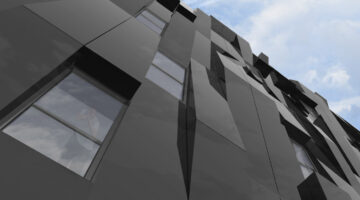
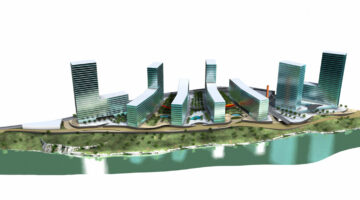
Bilbao-Bolueta regeneration
Main objectives of the project
The urban regeneration initiative in Bolueta, spearheaded by VISESA and leveraging the natural landscape along the river, demonstrates a strategic approach to reclaiming degraded land for societal benefit. Through a blend of protected housing development and soil remediation, the project not only addresses housing needs but also fosters citizen engagement in decision-making, contributing to social cohesion and environmental sustainability. In fact, the social housing building is, today, the highest passivhouse in the world. Bolueta serves as a model for Bilbao's broader transformation strategy, exemplifying the city's shift from industrial decline to innovative urban development.
Date
- 2018: Construction
Stakeholders
- Constructor: Construcciones Sukia Eraikuntzak
- Architect: German Velázquez
- Promotor: VISESA
Location
City: Bilbao
Country/Region: Bilbao, Spain
Description
Bolueta, although well-connected to Bilbao, Spain, has long suffered from environmental degradation and neglect. The intervention in Bolueta represents a strategic urban regeneration effort aimed at reclaiming contaminated industrial land for the benefit of society. This operation combines the development of protected housing with soil remediation, presenting an opportunity to adapt existing residential and economic facilities while promoting citizen participation in decision-making.
The entity tasked with implementing and constructing the new public housing developments is VISESA, a public company under the Basque Government responsible for housing policy development. Established in 1992, VISESA has constructed 15,283 homes in the Basque Country, managing land and promoting sustainable social housing in line with Basque housing law. VISESA actively engages in urban renewal and housing rehabilitation to enhance accessibility and improve quality of life while promoting sustainable territorial development.
The solution proposes integrating Bolueta into Bilbao's urban, social, and environmental fabric, leveraging the river as a central element for natural landscape preservation and enhancement. The renovated space supports a social public housing program, with 608 out of 1100 homes designated as social public housing to address housing needs and contribute to social cohesion. The public housing project prioritizes energy efficiency, acoustic and thermal comfort, indoor air quality, and the use of natural and healthy building materials.
The primary positive impact on the community is the provision of 1100 new homes, including 608 social public housing units to address housing accessibility challenges. This development is the tallest passive house building in the world. The residential development has also created public spaces enriched with interconnected amenities, with 25,386.38m2 of pedestrian areas along the riverside promenade. The design improvements enhance accessibility, mobility, comfort, air quality, flood risk management, urban complexity, social cohesion, efficiency of urban services, green spaces, and biodiversity.
The social public housing units meet the Passive House quality standard, making them the highest certified buildings globally, recognized at the 22nd International Passive House Conference in 2018. The project's success has attracted national and international interest, with visits from delegations from countries such as India, Canada, and Colombia, as well as 800 professionals visiting nationally to learn from the Bolueta experience.
Bolueta exemplifies Bilbao's ongoing transformation. Once a city in decline in the 1980s, Bilbao's soil strategy has converted former industrial land into public space for top-tier services and social housing projects. Bilbao, rather than developing new costly developments is changing all the Nervion River bank to transform its city. With the surplus of transforming industrial land into new uses, they manage to invest in public housing or key infrastructure that the city need. This scheme has been worldwide recognized as a success.


